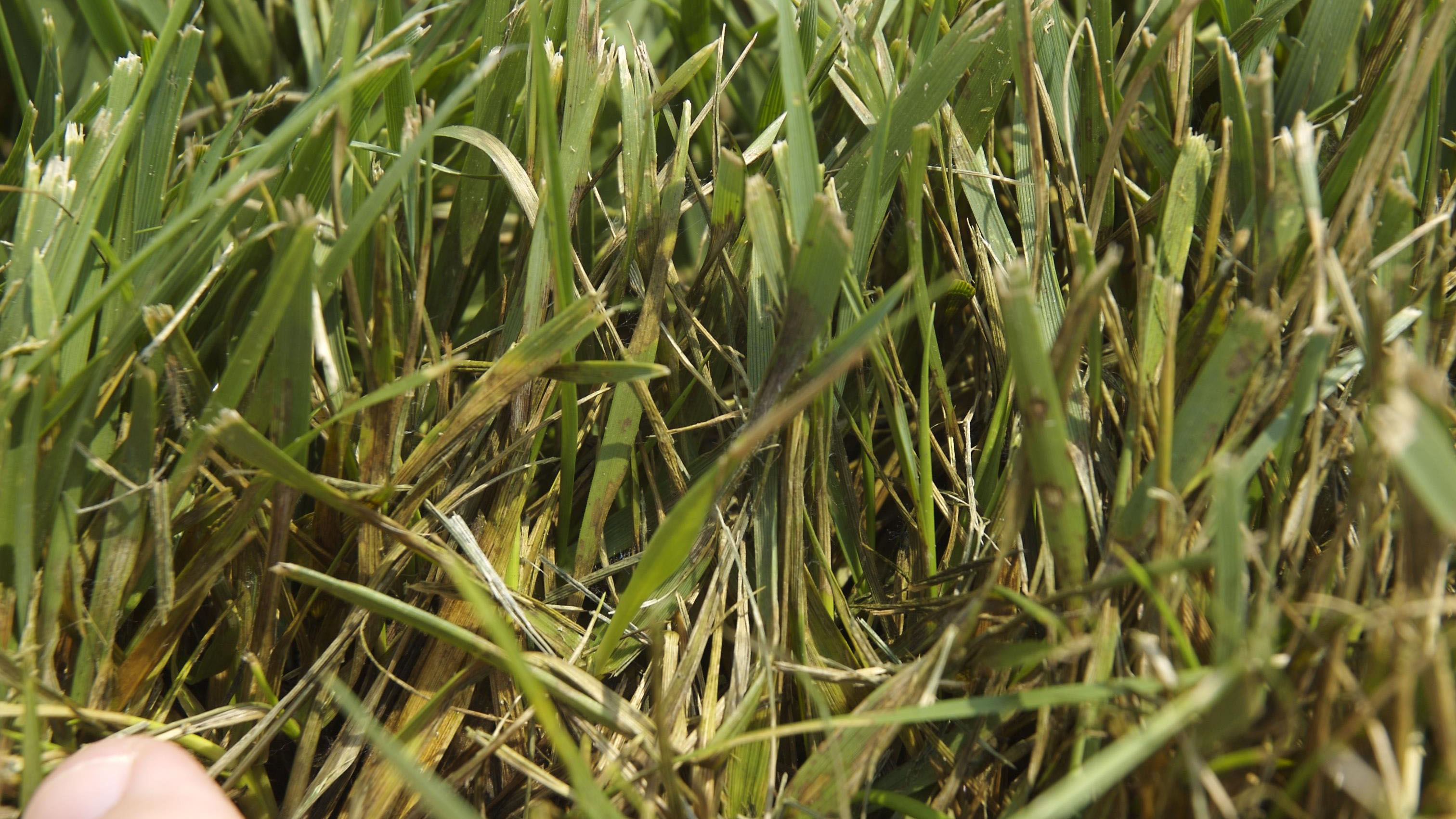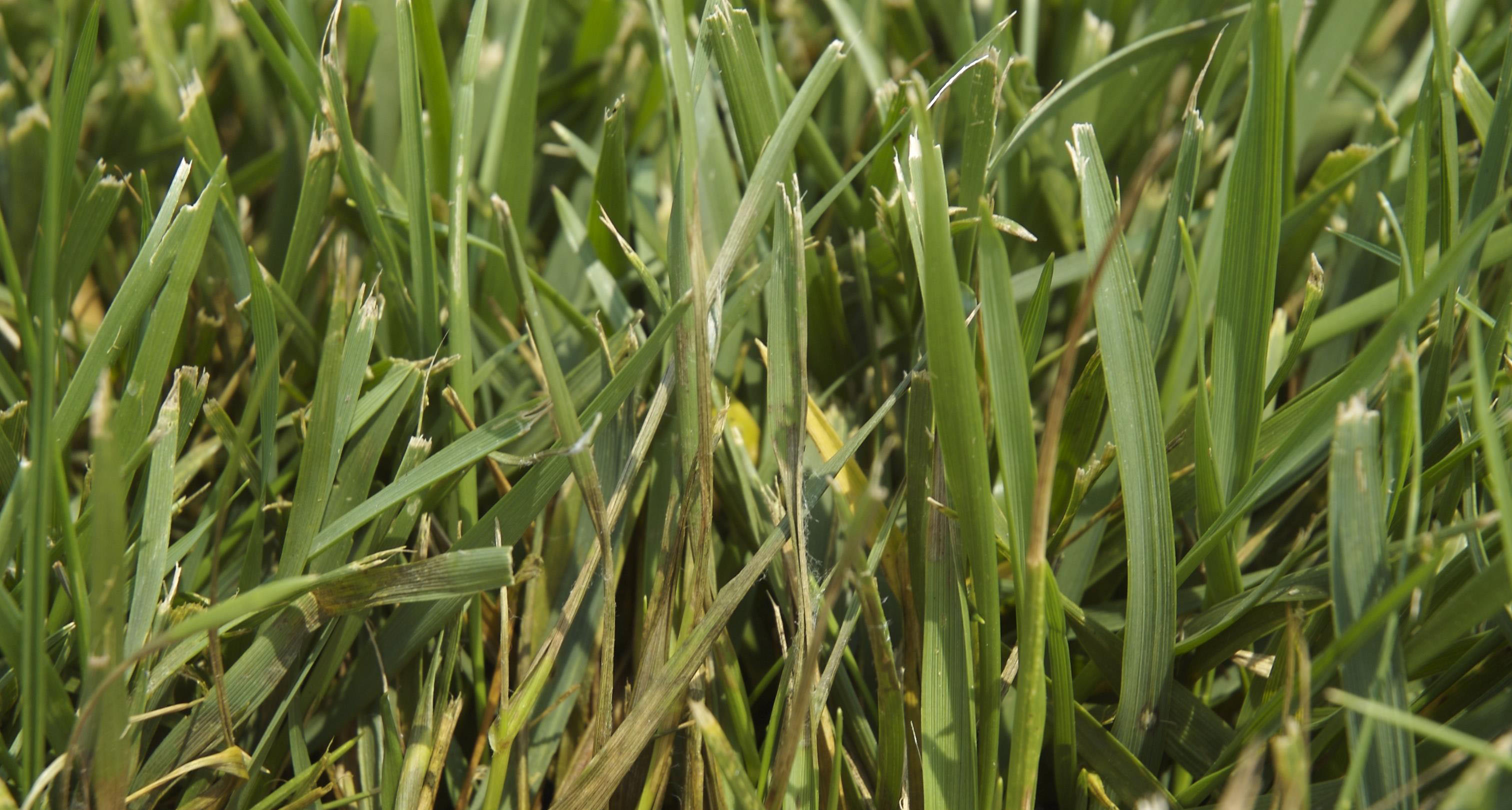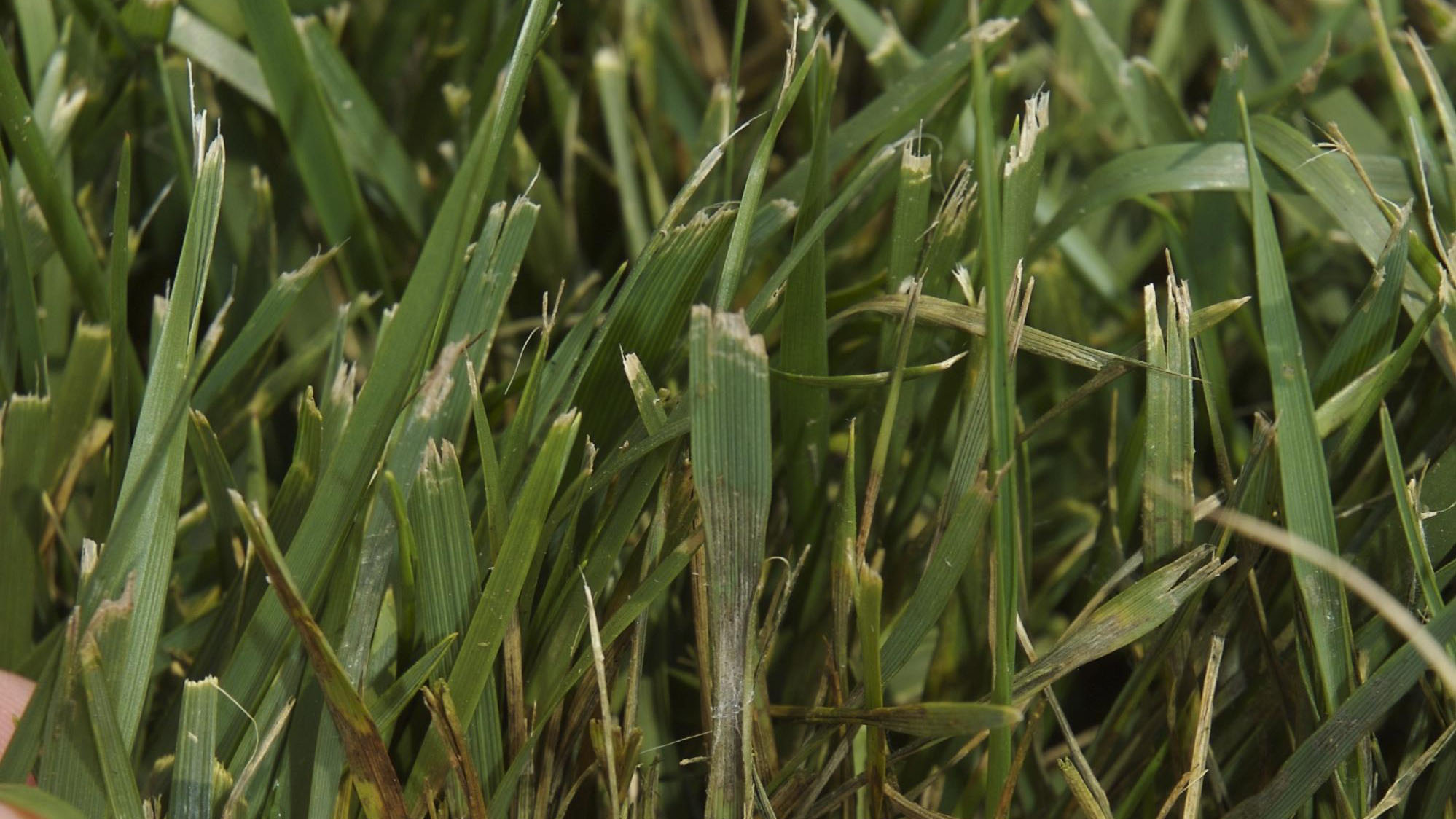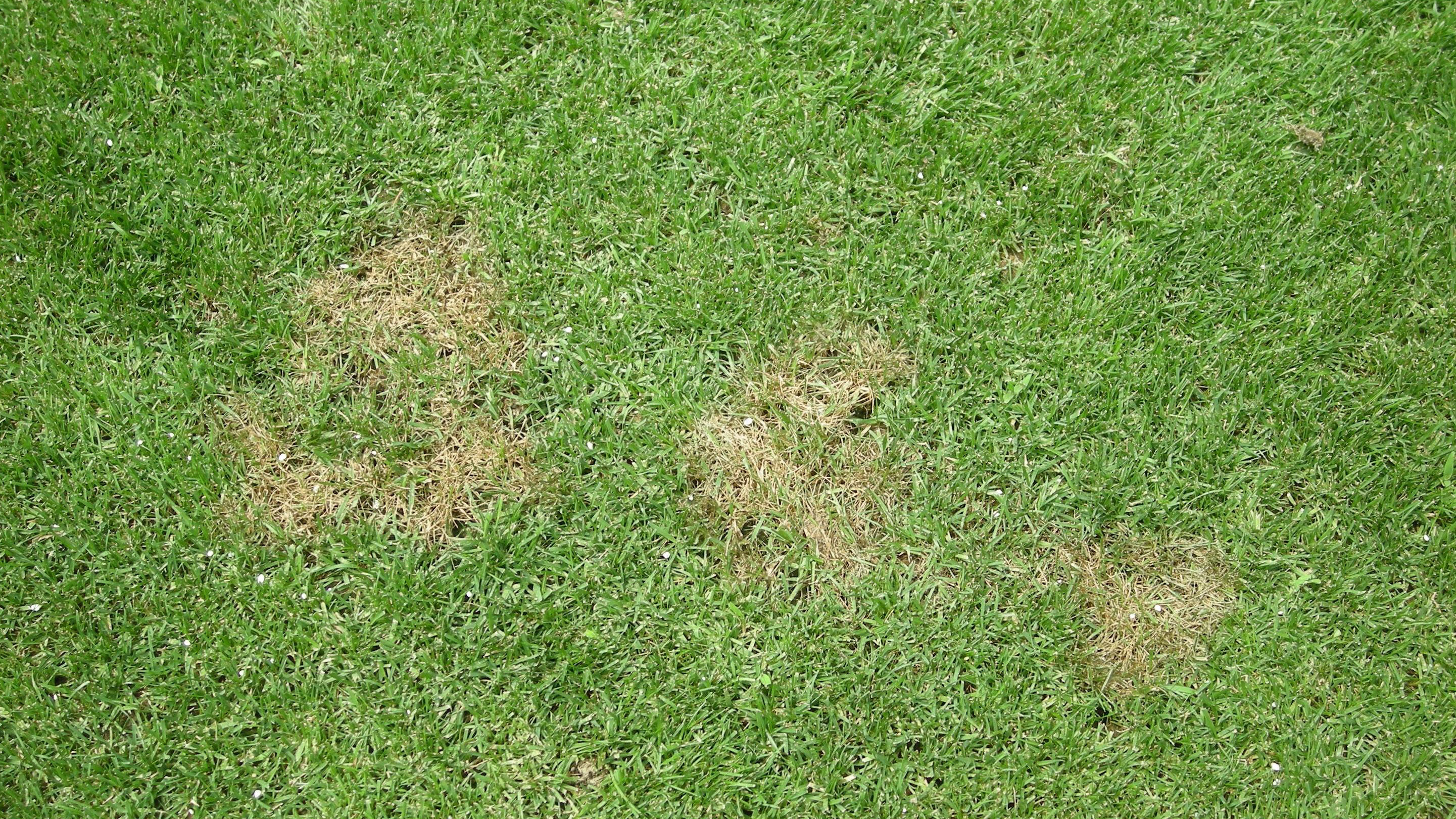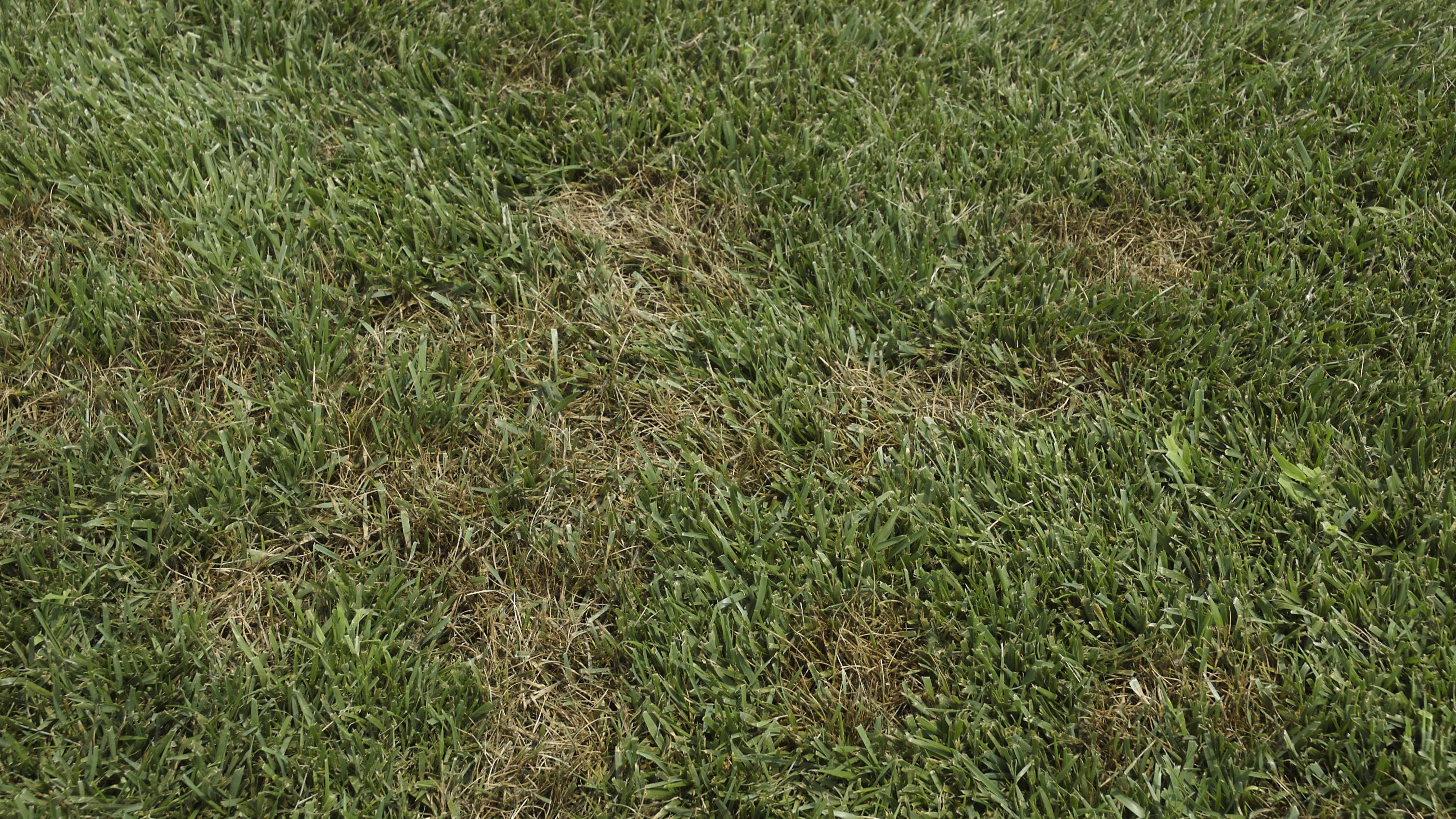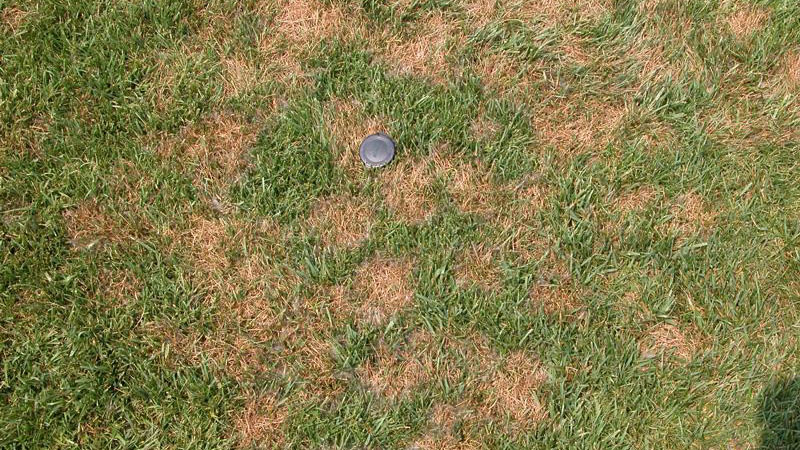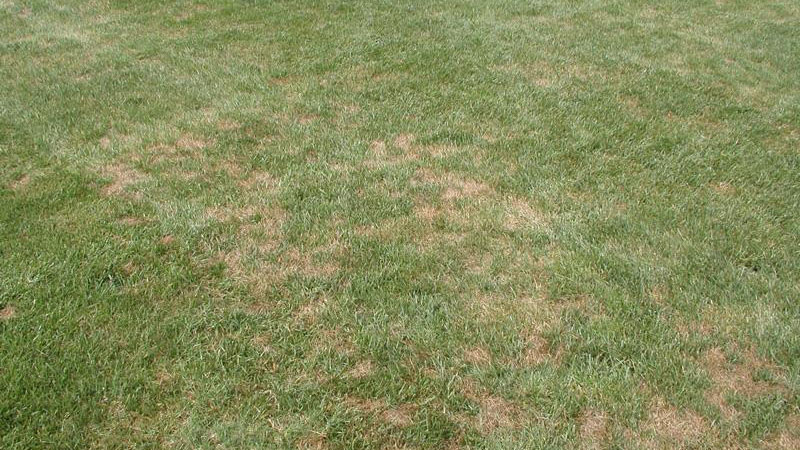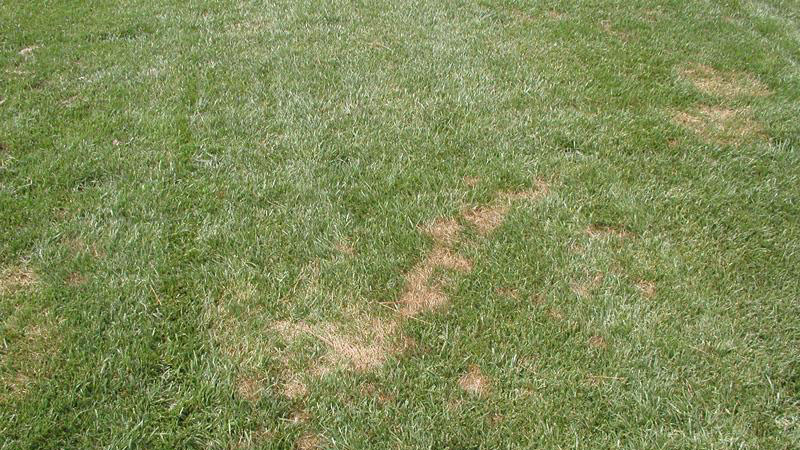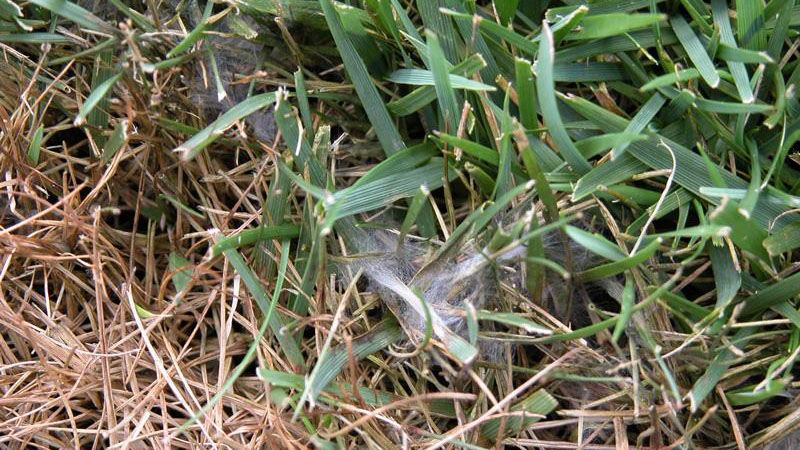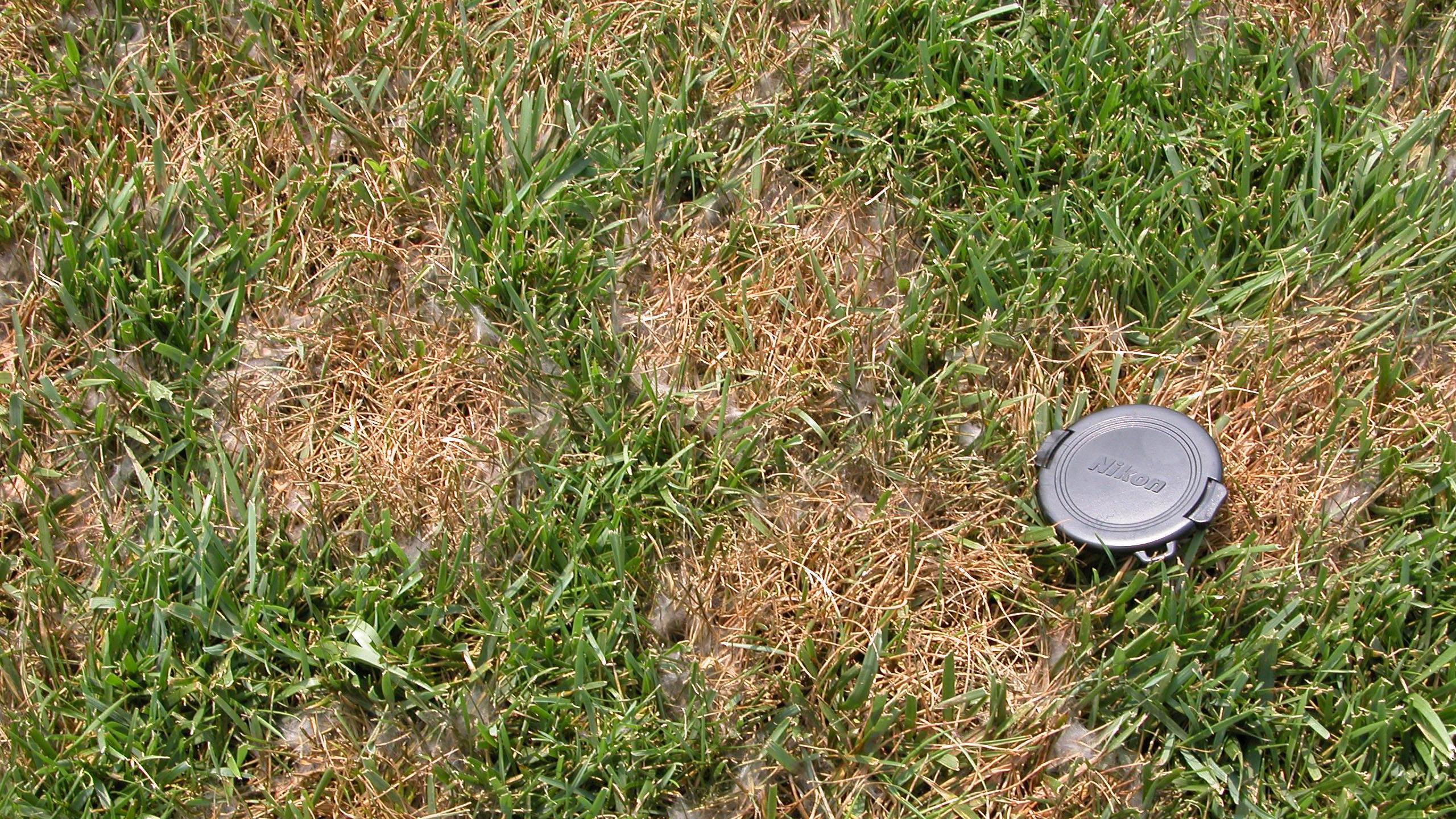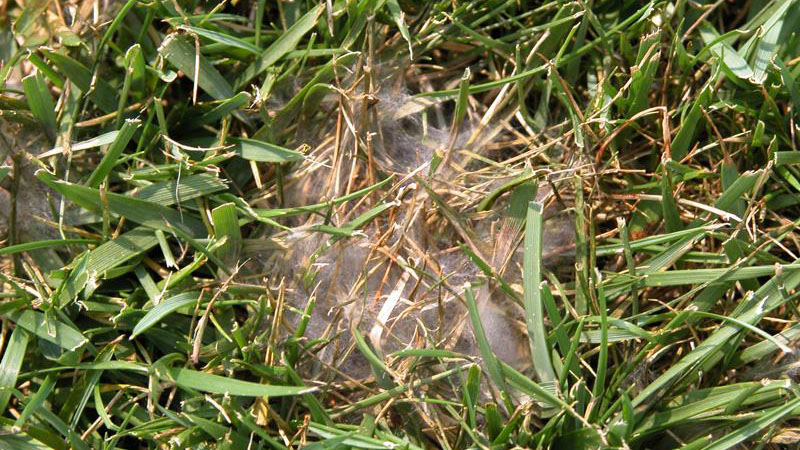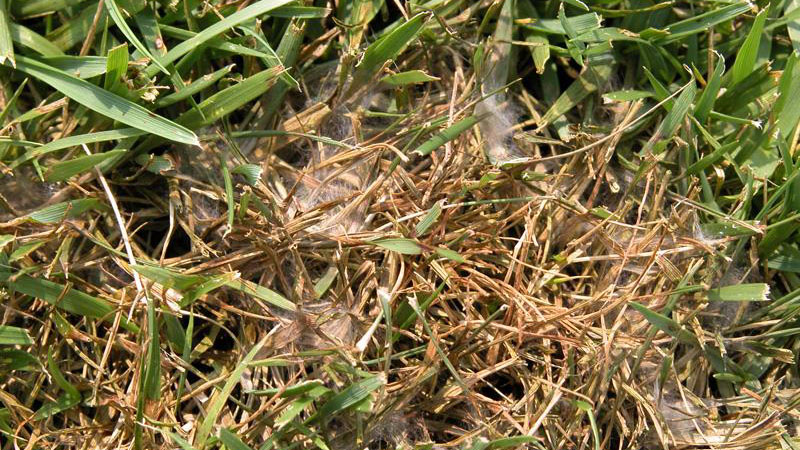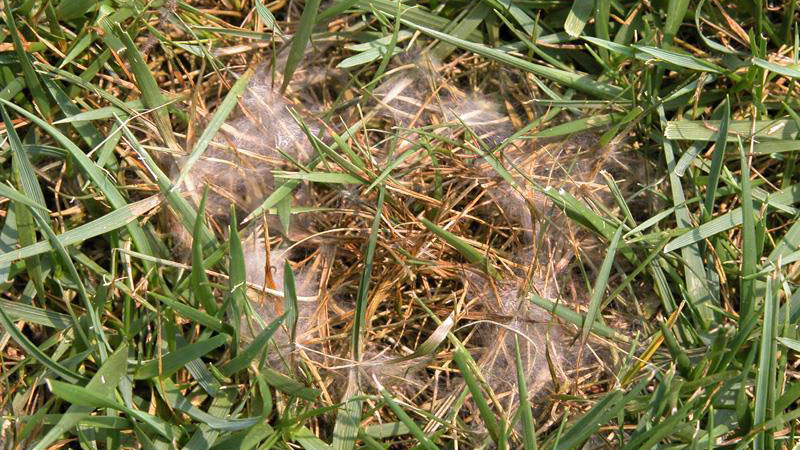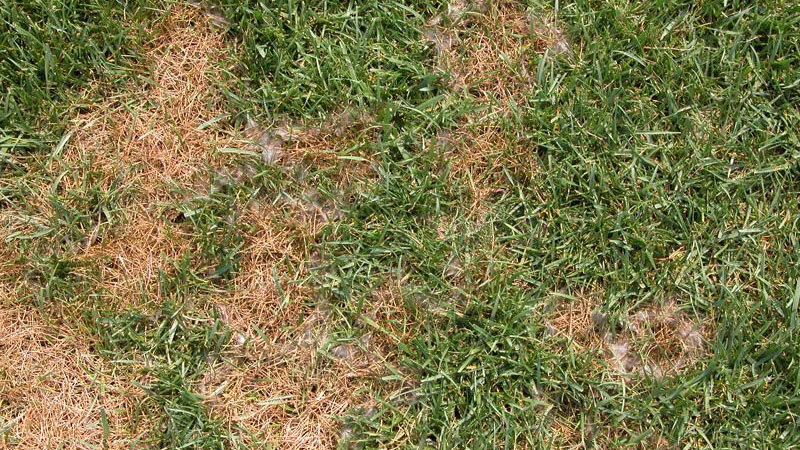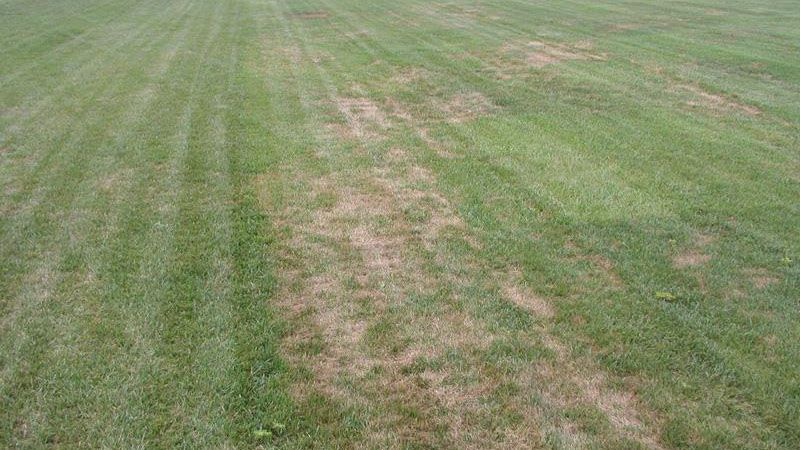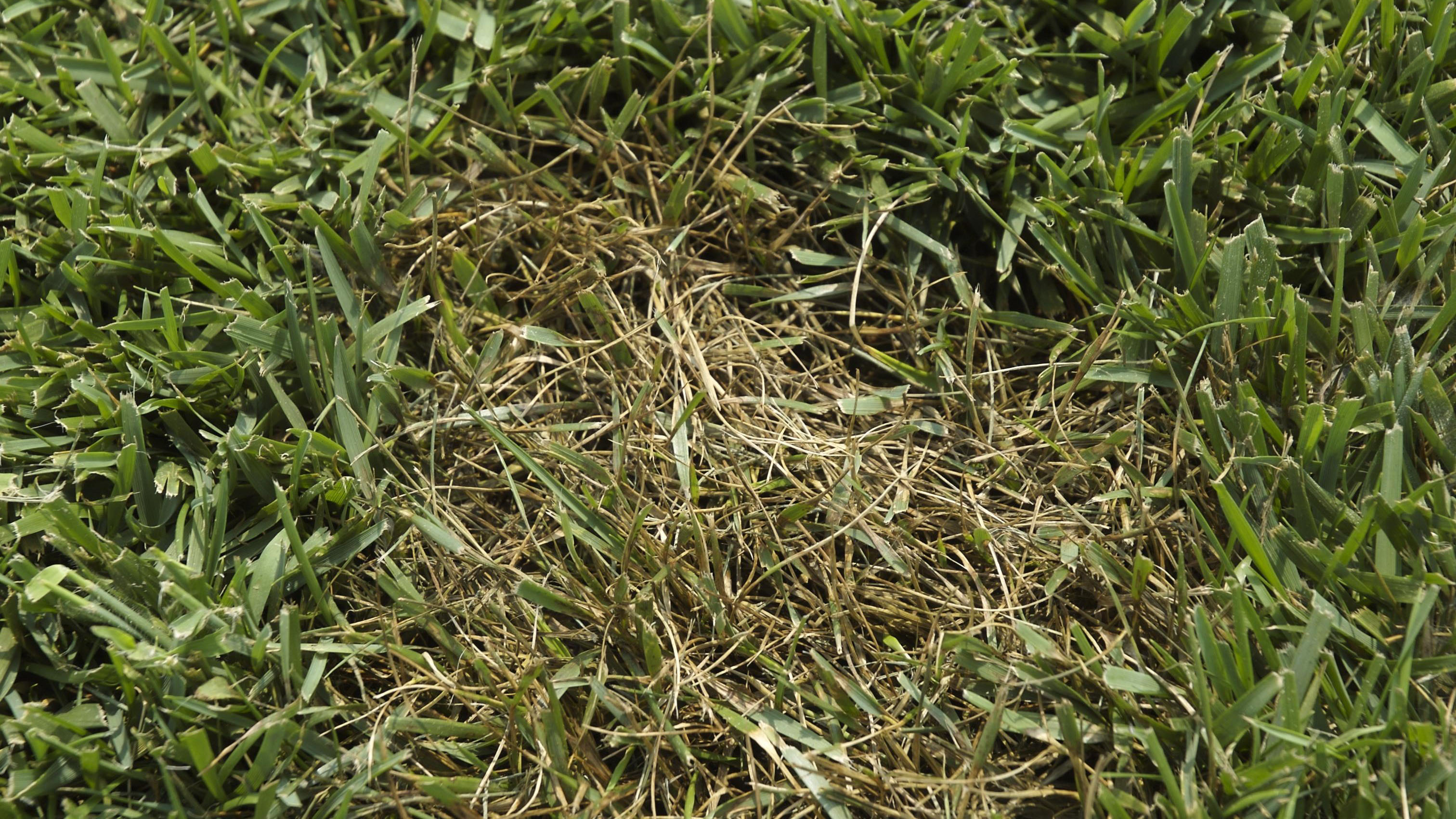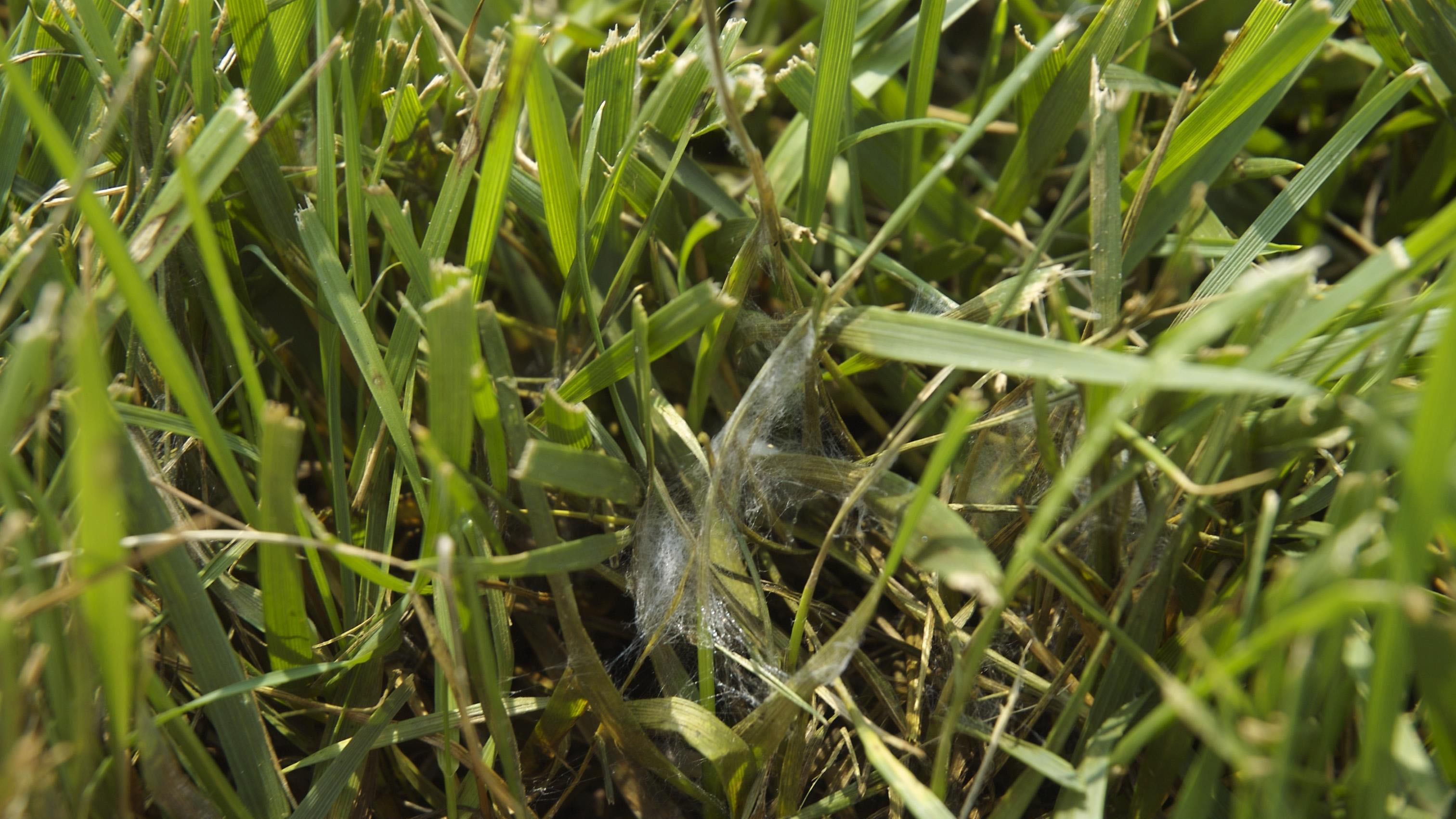Pythium Blight in Turf
en Español / em Português
El inglés es el idioma de control de esta página. En la medida en que haya algún conflicto entre la traducción al inglés y la traducción, el inglés prevalece.
Al hacer clic en el enlace de traducción se activa un servicio de traducción gratuito para convertir la página al español. Al igual que con cualquier traducción por Internet, la conversión no es sensible al contexto y puede que no traduzca el texto en su significado original. NC State Extension no garantiza la exactitud del texto traducido. Por favor, tenga en cuenta que algunas aplicaciones y/o servicios pueden no funcionar como se espera cuando se traducen.
Português
Inglês é o idioma de controle desta página. Na medida que haja algum conflito entre o texto original em Inglês e a tradução, o Inglês prevalece.
Ao clicar no link de tradução, um serviço gratuito de tradução será ativado para converter a página para o Português. Como em qualquer tradução pela internet, a conversão não é sensivel ao contexto e pode não ocorrer a tradução para o significado orginal. O serviço de Extensão da Carolina do Norte (NC State Extension) não garante a exatidão do texto traduzido. Por favor, observe que algumas funções ou serviços podem não funcionar como esperado após a tradução.
English
English is the controlling language of this page. To the extent there is any conflict between the English text and the translation, English controls.
Clicking on the translation link activates a free translation service to convert the page to Spanish. As with any Internet translation, the conversion is not context-sensitive and may not translate the text to its original meaning. NC State Extension does not guarantee the accuracy of the translated text. Please note that some applications and/or services may not function as expected when translated.
Collapse ▲Symptoms
In cool-season turf, Pythium blight first appears as small, sunken, circular patches up to 1 foot in diameter during hot, humid weather. In warm-season turf such as bermudagrass putting greens, Pythium blight first appears as small black or purple spots that can expand into larger irregular areas, especially during prolonged periods of humid, rainy, and/or cloudy weather anytime of the year. These symptoms can easily be mistaken for leaf spot, so be certain you obtain an accurate diagnosis. Leaves within affected areas are matted, orange or dark gray in color, and greasy in appearance. Gray, cottony mycelium may be seen in the infected areas when the leaves are wet or humidity is high. The disease spreads rapidly along drainage patterns and can be tracked by equipment. This disease can cause widespread damage to a turf stand very quickly when conditions are favorable for development.
Development Factors
Pythium blight may develop when night temperatures exceed 65°F in cool-season turf (50°F for warm-season turf) and leaves are continually wet for 12 to 14 hours for several consecutive nights. For this reason, severe Pythium blight epidemics in cool-season turf are commonly observed the morning after a late afternoon or early evening thunderstorm in the summer. Daytime temperatures above 85°F also encourage Pythium blight development in cool-season turf, possibly due to increased stress. Excessive soil moisture and succulent foliar growth also favor disease development.
Perennial ryegrass and annual bluegrass are most prone to Pythium blight and can sustain significant damage in 2 to 3 days when conditions are favorable. Creeping bentgrass and tall fescue are more resistant to the disease, but can be severely affected if conditions are conducive for prolonged periods. Bermudagrass putting greens are susceptible to Pythium blight during extended periods of humid, rainy, and or cloudy weather most anytime of the year when temperatures are above 50°F.
Cultural Control
Reduce prolonged leaf wetness by watering in the early morning hours, before sunrise. Avoid excessive rates of nitrogen to prevent lush, succulent foliar growth, which is very susceptible to Pythium blight. Cool-season turfgrasses should not be fertilized with more than 0.25 lb N per 1,000 square ft when conditions favor Pythium blight activity. Avoid establishing turf in low-lying areas that will collect water. If necessary, install subsurface drainage to prevent wet soil conditions. Relieve compaction and maintain soil drainage through hollow tine aerification, and topdress golf course putting greens regularly to minimize thatch accumulations.
Do not mow or irrigate when Pythium mycelium is present on the foliage to minimize spread of the pathogen. Collect and promptly dispose of clippings from infected areas and ensure that mowing equipment is washed before going to an uninfected area.
Chemical Control
Due to the potential for rapid development of this disease, high value areas and susceptible grasses should be protected with a preventive fungicide program. Applications should be initiated when night temperatures consistently exceed 65°F for cool-season turf (50°F for warm-season turf) and repeated on 14 to 21-day intervals as directed on the fungicide label when conditions are favorable for Pythium blight development.
* Products marked with an asterisk are not labeled for home lawn use.
| Fungicide and Formulation1 | Amount of Formulation2 | Application Interval (Days)3 | Efficacy Rating | Resistance Risk | FRAC Code4 |
| azoxystrobin (Heritage) WG TL G |
0.4 2 2 to 4 lbs |
10 to 14 10 to 14 10 to 14 |
++ | High | 11 |
| azoxystrobin + acibenzolar-S-methyl (Heritage Action)* | 0.2 to 0.4 | 10 to 14 | ++ | High | 11/P01 |
| azoxystrobin + propiconazole (Headway) ME G |
3 2 to 4 lbs |
10 to 14 14 to 28 |
++ | High | 11/3 |
| azoxystrobin + tebuconazole (Strobe T)* | 0.75 to 1.5 | 10 to 21 | ++ | High | 11/3 |
| chloroneb (Teremec SP)* (Teremec F)* |
4 7 |
5 to 7 5 to 7 |
+ | Low | 14 |
| chlorothalonil + fluoxastrobin (Fame C)* | 3 to 5.9 | 7 to 14 | ++ | Medium | M5/11 |
| cyazofamid (Segway) | 0.45 to 0.9 | 14 to 21 | ++++ | High | 21 |
|
cyazofamid + azoxystrobin (Union) |
2.9 to 5.75 | 14 to 28 | ++++ | High | 21/11 |
| ethazole (Koban)* (Terrazole)* |
2 to 4.5 2 to 4 |
10 10 to 14 |
+ | Low | 14 |
| fluopicolide + propamocarb (Stellar) | 1.2 | 14 | ++++ | Medium | 43/28 |
| fluoxastrobin (Fame) | 0.18 to 0.36 | 7 to 14 | ++ | High | 11 |
| fluoxastrobin + tebuconazole (Fame T)* | 0.45 to 0.9 | 21 | ++ | High | 11/3 |
| fosetyl Al (Signature) (Signature Xtra Stressgard)* |
4 to 8 2 to 6 |
14 to 21 7 to 21 |
+++ | Low | 33 |
| mancozeb (Fore)* (Dithane)* |
8 8 |
5 to 14 10 |
++ | Low | M3 |
| mefenoxam (Subdue) (Subdue MAXX) (Subdue G) |
0.28 to 0.56 0.5 to 1 12.5 to 25 |
10 to 21 10 to 21 10 to 14 |
++++ | High | 4 |
| mefentrifluconazole + pyraclostrobin (Navicon)* | 0.85 | 10 to 14 | ++ | High | 3/11 |
| picarbutrazox (Serata) | 0.6 to 0.8 | 14 to 21 | +++ | High | U17 |
| potassium phosphite (Appear ll)* | 3 to 4 4 to 6 |
7 to 14 14 |
+++ | Low | 33 |
| propamocarb (Banol)* | 1.3 to 4 | 7 to 21 | ++ | Low | 28 |
|
Pseudomonas chlororaphis strain AFS009 (Zio) |
1.8 to 6 | 7 to 21 | + | Not Known | BM02 |
|
pydiflumetofen + azoxystrobin + propiconazole (Posterity XT)* |
3 | 21 to 28 | ++ | High | 7/11/3 |
| pyraclostrobin (Insignia) WG SC |
0.9 0.7 |
14 to 28 10 to 14 |
++ | High | 11 |
| pyraclostrobin + boscalid (Honor)* | 1.1 | 10 to 14 | ++ | Medium | 11/7 |
| pyraclostrobin + fluxapyroxad (Lexicon Intrinsic) | 0.47 | 14 | ++ | High | 11/7 |
| 1 Other trade names with the same active ingredients are labeled for use on turfgrasses and can be used according to label directions. 2 Units are oz, fl oz, or lb depending on formulation. Apply fungicides in 2 to 5 gallons of water per 1,000 square feet according to label directions. Use lower rates for preventive and higher rates for curative applications. 3 Use shorter intervals when conditions are very favorable for disease. 4 Fungicide Resistance Action Committe code. Products with same code have the same mode of action and are in the same chemical class. * Products marked with an asterisk are not labeled for home lawn use. |
|||||
| Efficacy Rating ++++ = excellent control when conditions are highly favorable for disease development +++ = good control when disease pressure is high, excellent control when disease pressure is moderate ++ = good control when disease pressure is moderate, excellent control when disease pressure is low + = good control when disease pressure is low ? = not rated due to insufficient data |
|||||
| Resistance Risk Low = Rotate to different chemical class after 3-4 applications; tank mixing not necessary Medium = Rotate to different chemical class after 1-2 applications; tank-mixing with low or medium risk product recommended High = Rotate to different chemical class after EVERY application; tank-mix with low or medium risk product for EVERY application ? = not rated due to insufficient data |
|||||
Species Data
- HOST SPECIES
- bentgrass, bluegrasses, fescues, ryegrasses
Figure 1
- bentgrass, bluegrasses, fescues, ryegrasses
- MONTHS WITH SYMPTOMS
- June to August
- STAND SYMPTOMS
- patches (4 to 12 inches), irregular distribution across turf stand
Figure 2, Figure 3, Figure 4, Figure 5, Figure 6, Figure 7, Figure 8, Figure 9, Figure 10, Figure 11, Figure 12, Figure 13, Figure 14, Figure 15, Figure 16, Figure 17, Figure 18, Figure 19, Figure 20, Figure 21, Figure 22, Figure 23, Figure 24, Figure 25, Figure 26
- patches (4 to 12 inches), irregular distribution across turf stand
- FOLIAR SYMPTOMS LOCATION / SHAPE
- blighting of entire leaves
- FOLIAR SYMPTOMS COLOR
- tan, brown, black, gray, orange
- ROOT / CROWN SYMPTOMS
- none
- FUNGAL SIGNS
- mycelium or none




